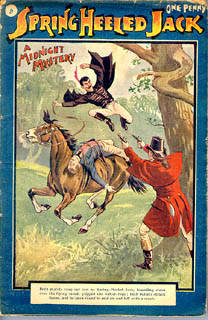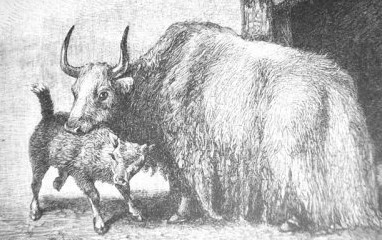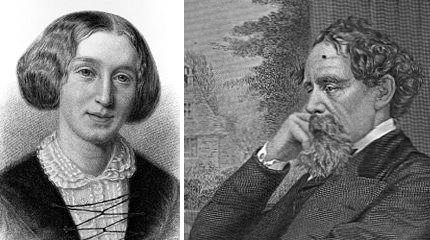A man is looking for a new pet, so he goes to the pet store and asks the owner if he has a dog. The owner shows him a few dogs, but the man isn’t interested. Suddenly the pet store owner has a thought.
“I know just the dog for you,” he says, and he goes to the last kennel in the row. “Isn’t that the shaggiest dog you ever saw?”
“Why, yes, that is the shaggiest dog I ever saw!” says the man. “I should take him to show my wife! I’ll buy him.”
The man buys the dog and takes him home to his wife.
“I bought a dog today,” he says. “Isn’t that the shaggiest dog you ever saw?”
“Why, yes, that is the shaggiest dog I ever saw!” says his wife. “You should take it to show the minister!”
“You’re right,” says the man, and he takes the dog to see the minister.
“I bought a dog today,” he says. “Isn’t that the shaggiest dog you ever saw?”
“Why, yes, that is the shaggiest dog I ever saw!” says the minister. “You should take it to show the mayor!”
“You’re right,” says the man, and he takes the dog to see the mayor.
“I bought a dog today,” he says. “Isn’t that the shaggiest dog you ever saw?”
“Why, yes, that is the shaggiest dog I ever saw!” says the mayor. “You should take it to show the governor-general!”
“You’re right,” says the man, and he takes the dog to see the governor-general.
“I bought a dog today,” he says. “Isn’t that the shaggiest dog you ever saw?”
“Why, yes, that is the shaggiest dog I ever saw!” says the governor-general. “You should take it to show the queen!”
“You’re right,” says the man, and he takes the dog to see the queen.
“I bought a dog today,” he says. “Isn’t that the shaggiest dog you ever saw?”
The queen says, “No.”




